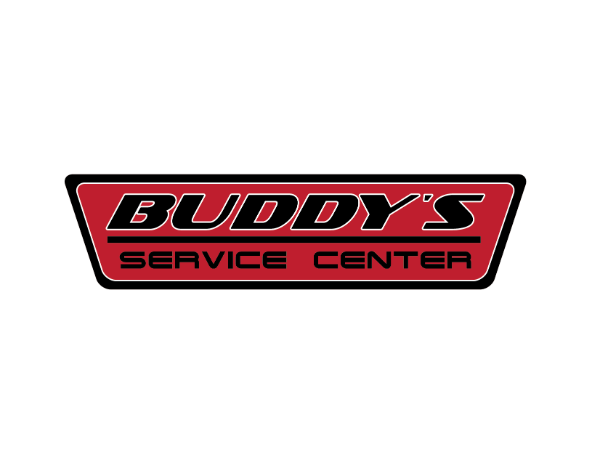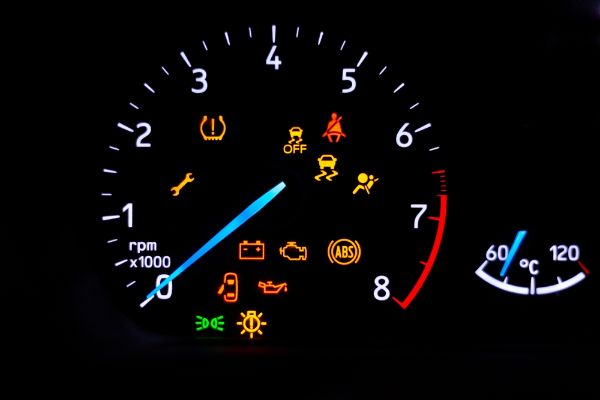Vehicle warning lights are important indicators that signal when something is wrong. These lights appear on the dashboard and can vary from simple icons to more detailed messages. For example, the check engine light might indicate a problem with the engine or emissions system. The brake light can signal issues with the brake system, which is crucial for safe driving. Ignoring these warning lights can lead to more severe damage and costly repairs. Knowing what each warning light means helps you address problems early.
Potential Risks of Ignoring Warning Lights
Ignoring warning lights can put your vehicle at risk of serious damage. For example, if the oil pressure light comes on and you continue to drive, it could cause engine damage due to lack of lubrication. The coolant temperature light warns of overheating, which can lead to engine failure if not addressed. Warning lights are designed to alert you to issues before they become major problems. Acting on these warnings helps prevent expensive repairs and keeps your vehicle in good condition.
Safety Concerns with Warning Lights
Safety is a major concern when it comes to vehicle warning lights. The brake warning light indicates that the brake system might not be functioning properly, which can be dangerous while driving. The tire pressure warning light alerts you to low tire pressure, which can affect handling and increase the risk of a blowout. Addressing these safety warnings immediately ensures that your vehicle remains safe to drive and reduces the risk of accidents.
How to Respond to Warning Lights
When a warning light appears on your vehicle's dashboard, it is important to respond promptly. Check the vehicle’s manual to understand the specific warning light and its meaning. If you are unsure or if the light is flashing, it is best to have your vehicle inspected by a professional repair shop. Regular maintenance and timely repairs based on warning light alerts can help keep your vehicle running smoothly and safely.
Regular Diagnostics and Maintenance
Regular diagnostics and maintenance are essential for addressing warning lights effectively. Many modern vehicles come equipped with onboard diagnostic systems that can pinpoint specific issues when a warning light is triggered. Regular check-ups at a repair shop help identify and fix potential problems before they escalate. Routine maintenance, such as oil changes, brake inspections, and tire checks, can prevent warning lights from appearing in the first place. Keeping up with scheduled maintenance ensures that warning lights are less likely to indicate serious issues, making your vehicle more reliable and safe.


